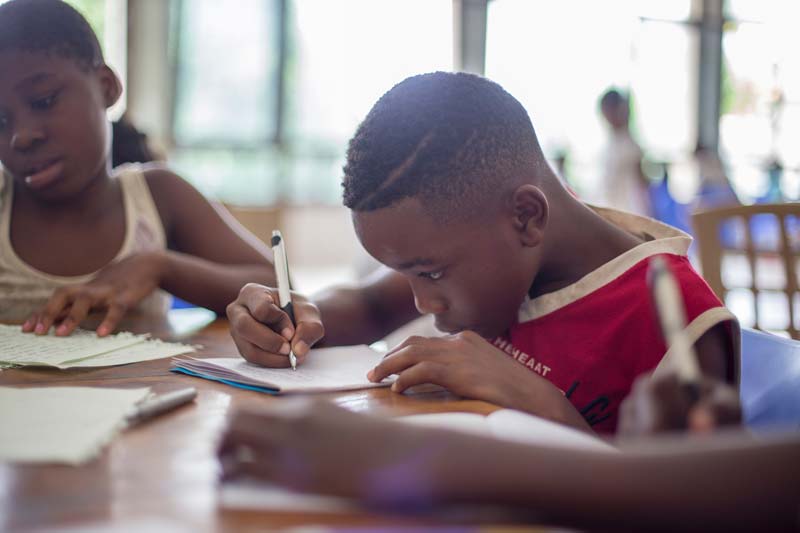The COVID-19 epidemic may be winding down, but the epidemic of community violence shows no sign of slowing. In some US cities, the dramatic uptick in community violence generated by the shut-down is continuing. There are predictions of a deadly summer ahead.
We define community violence as intentional acts of aggression including shooting, stabbing and assault, committed in public spaces by one community members against another. Gun violence is the most prevalent form. Black and Hispanic youth are more likely than White youth to experience community violence.
Risk factors associated with community violence
Risk factors associated with community violence are both individual and community based. We know risk factors such as concentrated poverty, high unemployment, and neighborhood disorder contribute. On an individual basis, we know exposure to community violence can lead to further involvement with violence. Youth who experience violence frequently suffer from PTSD, have lower academic achievement and poor health.
In January, we began pulling together folks to talk about strategies that might work in Portsmouth. Every city is unique. We talked with national experts from the John Jay School of Criminal Justice in New York and Giffords Law Center to Prevent Gun Violence in San Francisco. We learned from survivors of community violence and mothers who had lost sons to the streets.
There is universal agreement that community violence is not simply a law enforcement issue. It is a community issue, and the entire community must be part of the solution. Successful strategies are community-based, collaborative, and comprehensive. We must begin yesterday.
To learn more about our coalition visit ACT NOW Portsmouth on Facebook
Here are a couple of resources about community violence:



